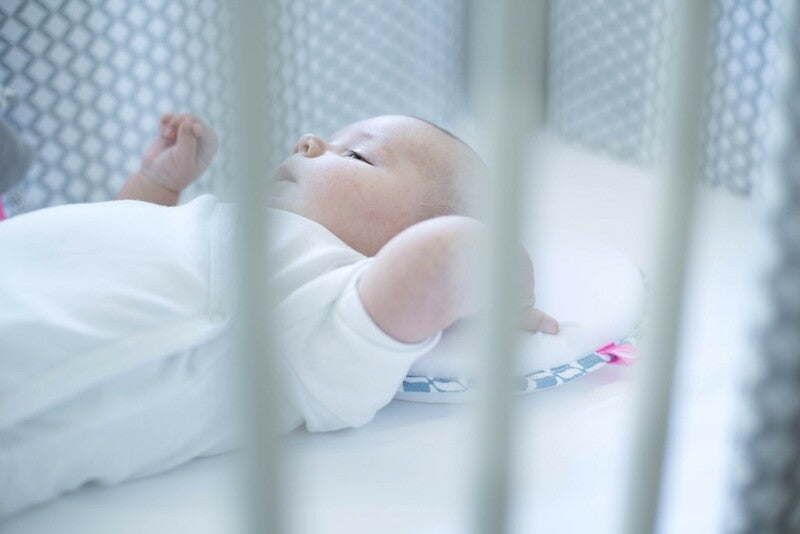Umbilical cord: care and hygiene.
Umbilical stump care has always been a concern for parents. The reason is obvious: an infection of the stump (omphalitis) could easily turn into a generalized infection (sepsis), a high-risk disease for a newborn, potentially fatal, frequent in the past (but still happens in poor countries) , when hygienic conditions were very poor and antibiotics did not exist.
This explains the more or less whimsical remedies that over the centuries have been invented for the treatment of the stump and also the many traditions that somehow celebrated its fall, investing it with almost magical and predictive powers (in this article we clarify on the potentially dangerous practice of the Lotus birth). Today the situation has completely changed: omphalitis has become extremely rare in Western countries, and when they occur they are easily treatable. However, the concept that cord care should not be underestimated has remained clear.
What to do?
It acts on two levels: preventing the presence of germs and facilitating the natural healing process. To do this, disinfectants are applied to the stump which also have an effect on the detachment time of the stump from the navel scar. Currently the most used substances are:
• Alcohol (which however seems to lengthen the detachment time of the stump)
• fuchsin
• mercurochrome (these disinfectants color the skin surrounding the wound red, risking to make local signs of inflammation less evident
• salicylate sugar (97% powdered sugar and 3% salicylic acid powder) which has antiseptic properties, reduces the detachment time of the stump, but can cause a greater frequency of scar bleeding, perhaps precisely because, accelerating the fall of the cord, does not leave enough time for the scar to form, moreover it is not easy to find.
A review of various clinical studies indicates that, in clean environments, where the mother personally takes care of the baby's hygiene , the treatment that allows the stump to detach in the shortest time and with less incidence of infections is simply to keep the stump dry and clean, covered with gauze, without applying any kind of substance. This guarantees good air circulation if the overlying diaper is cut or folded down: plastic tends to create a humid, warm, oxygen-poor environment that does not favor mummification.
Therefore, if the stay of the newborns, cared for by the staff, can justify the use of disinfectant products, once back home it will be sufficient to wash your hands well with soap and water before proceeding with the care of the stump, taking care only to look at it, checking that is, that there are no signs of infections, but that the skin is soft, pink, not swollen and does not produce a bad smell. You will also need to dry it well with gauze if it gets wet and protect it with a new clean gauze (it does not need to be sterile).
When to consult your pediatrician
It is necessary to consult the pediatrician promptly if:
• there are signs of possible infection: the skin surrounding the stump becomes red, swollen and the baby feels pain or irritability when touched in that area
• fever occurs
• when there is a delay in the detachment of the stump beyond four weeks of life (in fact there may be a lack of or insufficient mummification due to the presence of an infectious process)
• it is normal for the umbilical wound to continue to bleed slightly for a few days after the stump has fallen: consult the pediatrician only if the bleeding continues or is abundant
• after the fall of the stump, a red growth (granuloma), an overabundant scar tissue that protrudes externally, may form on the wound; this growth may be covered with a secretion of mucus and blood and the area may appear moist. Granuloma is not a risk factor for infections; in any case, it must be submitted to the pediatrician, who will propose a treatment that accelerates its resolution.





Leave a comment